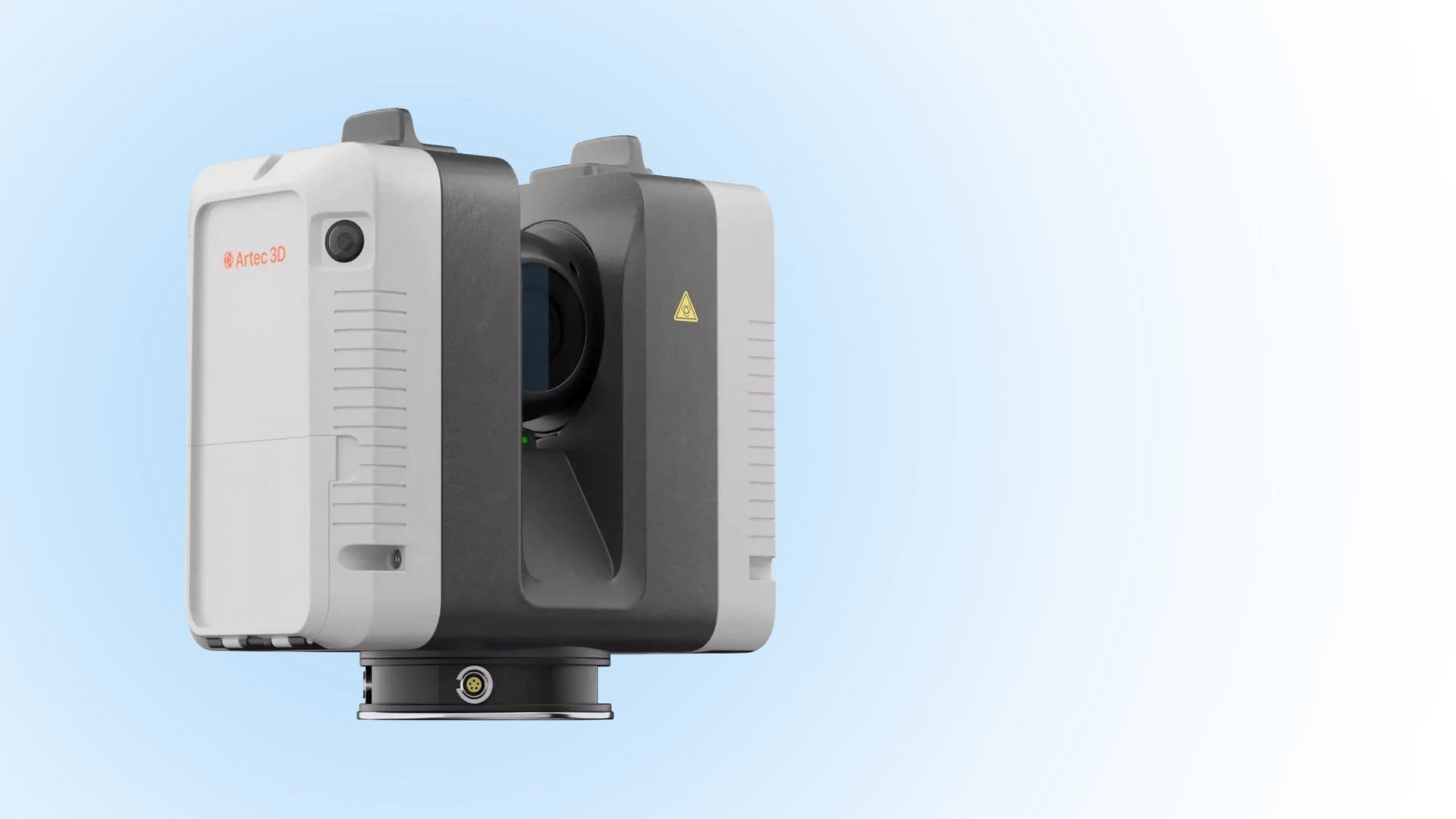
Long-Distance 3D Scanning for Infrastructure
Huge infrastructure projects present unique challenges that can only be addressed with advanced solutions like long-range 3D scanners. Whether it’s
As industries evolve and digital transformation accelerates, 3D scanners have become indispensable tools across manufacturing, healthcare, architecture, and more. These advanced devices bridge the gap between the physical and digital worlds, offering precise object digitization, streamlined workflows, improved quality control, and enhanced reverse engineering.
With 3D scanners, businesses gain unmatched accuracy, faster prototyping, and cost-effective design optimization. By capturing an object’s exact shape and details, 3D scanners enable professionals to create highly detailed digital models that can be analyzed, modified, and integrated into various applications. Whether you’re refining a product, restoring historical artifacts, or optimizing industrial processes, the importance of 3D scanning cannot be overstated.
In this article, we’ll explore how 3D scanning technology enhances efficiency and precision, revolutionizing industries that rely on accurate digital replication.
Reverse engineering plays a crucial role in industries that require precise replication of physical components. Traditionally, deconstructing and analyzing an object could be a time-consuming and error-prone process. 3D scanners simplify this task by generating highly accurate digital models, allowing professionals to examine an object’s structure in detail without physically dismantling it.
This is particularly beneficial for:
For example, in the automotive industry, engineers can scan an old or damaged car part, analyze its geometry, and create a precise digital replica for manufacturing. Similarly, medical professionals use 3D scanners to study prosthetic designs, ensuring they match patient anatomy with absolute accuracy.
Maintaining product quality is essential for any business, and 3D scanning enhances this process by providing high-precision measurements and defect detection. Unlike manual inspections, which can be subjective and prone to errors, 3D scanners offer a non-contact, non-destructive method of evaluating a product’s dimensions and structural integrity.
Manufacturers benefit from:
In industries like aerospace and medical device manufacturing, even minor deviations can result in significant safety risks. With 3D scanning technology, companies can perform detailed inspections that guarantee every component meets strict performance criteria before it reaches the market.
For industries where even the smallest deviation can lead to failure, 3D scanners provide unparalleled precision. Whether in aerospace, automotive, healthcare, or architecture, achieving the highest level of accuracy is critical.
How does 3D scanning work? The process involves capturing an object’s surface data using laser, structured light, or photogrammetry-based scanners. This information is then processed into a detailed 3D model, which can be analyzed, modified, or integrated into CAD software.
In applications such as:
Additionally, 3D scanners allow professionals to capture irregular, complex shapes with ease, ensuring that every curve, edge, and dimension is accounted for. This level of accuracy enables industries to enhance innovation and create high-performance products with confidence.
Traditional methods of measurement, inspection, and design iteration can be slow and resource-intensive. 3D scanners dramatically accelerate these processes by capturing complete object data within seconds, reducing the need for manual intervention.
Key advantages include:
For example, construction and civil engineering firms use 3D scanning to analyze sites before beginning a project, reducing delays caused by inaccurate measurements. Product designers can rapidly test different versions of a prototype without wasting expensive materials.
By implementing 3D scanning technology, businesses can streamline operations, increase output, and maximize return on investment.
The versatility of 3D scanners continues to grow, with applications in various fields, including:
As technology advances, more industries are finding innovative ways to leverage the importance of 3D scanning, pushing boundaries in design, manufacturing, and digital experiences.
The benefits of 3D scanners extend far beyond simple digitization. Whether you’re improving product design, ensuring strict quality control, or enhancing efficiency, 3D scanning is an investment that pays off across multiple industries.
At Digitize Designs, we offer cutting-edge scanning solutions tailored to your business needs. Contact us today to explore the right 3D scanning technology for your industry and unlock new possibilities in precision, performance, and innovation.
3D Scanning & Metrology News, Press, Insights, Trends, Case Studies, and more.

Huge infrastructure projects present unique challenges that can only be addressed with advanced solutions like long-range 3D scanners. Whether it’s

Different long-range scanner brands offer varying features and capabilities; hence the need to understand the most crucial aspects of long-range

The key difference between long-range and short-range scanners is the maximum distance at which they can capture data. Ordinarily, long-range

The key elements to consider in long-range 3D scanners include accuracy, scan speed, resolution, scanning mechanism, and ease of use.